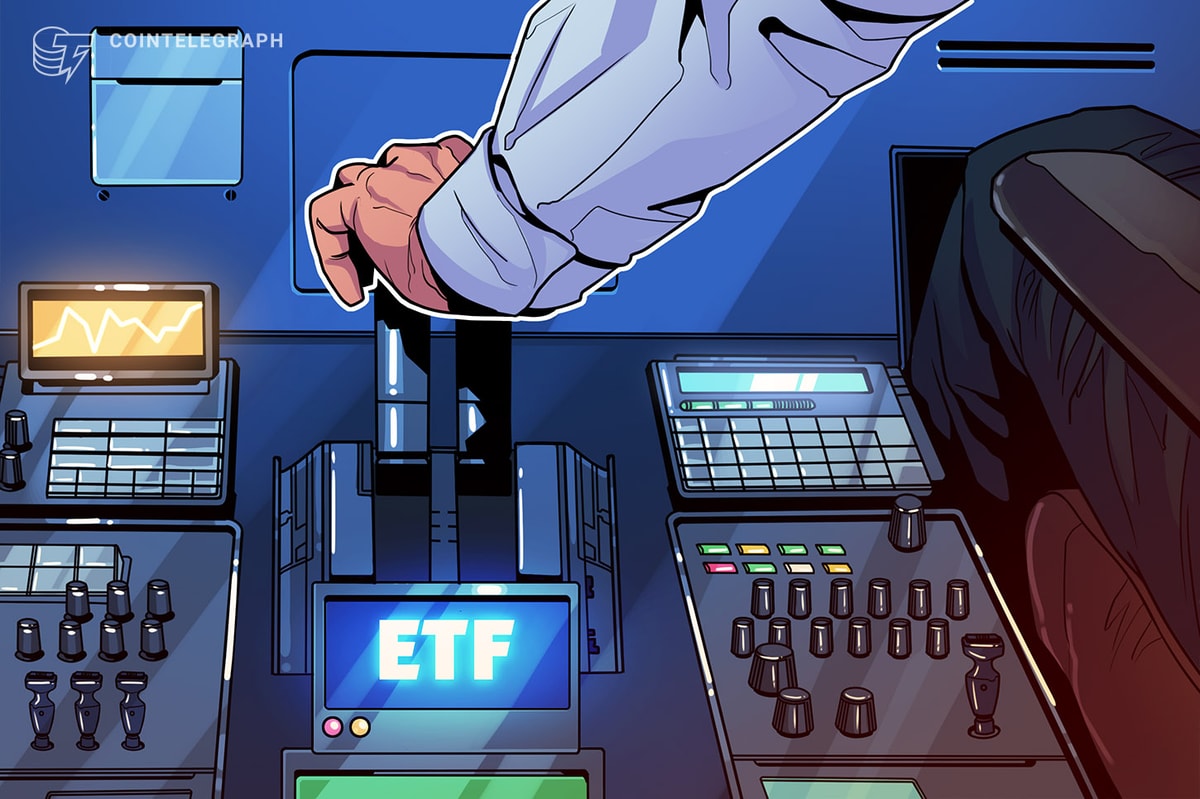
This article was originally published by 8btc and written by Lylian Teng.
The People’s Bank of China (PBoC), the country’s central bank, revealed that it would accelerate the pace of research and development of its fiat digital currency.
During an August 2, 2019, video conference centering on the institute’s work focus for the second half of 2019, the PBoC stated that it will accelerate the research and development of its fiat digital currency, while paying close attention to the development of other domestic and foreign virtual currencies, and continuing to strengthen internet financial risk remediation.
The PBoC has seemingly prioritized the development of a digital renminbi in the second half of 2019 in response to the growing adoption of cryptocurrencies globally, especially following the announcement of cryptocurrency project libra from social media giant Facebook in mid-June. Of late, retail giant Walmart has also been reportedly working on issuing a USD-pegged digital currency that is similar to Facebook’s libra.
It’s not just business enterprises that are considering issuing their own digital currencies. Central banks, including the Bank of England, the Bank of Canada and the Swedish central bank Riksbank, are also working on their own fiat digital currencies.
China’s central bank initiated a study on digital currency in general and its central bank-backed digital currency early in 2014 when bitcoin began to gain popularity in the country. In an effort to promote the research and development of digital currency, the PBoC has specially set up digital currency research institutes in several cities, like Shenzhen, and has been working closely with local organizations. It has also been working with market institutions on creating a central bank digital currency after receiving approval from the State Council.
As of August 4, 2019, the PBoC has already filed 74 patents centering on its digital currency, according to data from China’s State Intellectual Property Office (SIPO).
According to Wang Xin, head of the PBoC’s digital currency research bureau, the central bank digital currency, defined as M0 in China, is sort of a cash substitution. He points out that the digitization of central bank money helps optimize the payment function and improve the status of a central bank currency. The central bank digital currency can be an interest-bearing asset to meet the holder’s reserve demand for safe assets and be a floor on the interest rate of bank deposits.
Industry insiders say China has created a plurality of digital assets in the world. In this case, the country has advantages in issuing fiat digital currency and needs to do something in this field. On the other hand, China’s digital payment systems, such as Alipay, have already been significantly developed, which boosts most Chinese citizens’ understanding of and interest in digital currency.
“If the PBoC issues sovereign digital currency, the most concerning point is whether it allows large enterprises and individuals to open accounts in the central bank system and offer interest rates on the deposit,” a blockchain entrepreneur said. “In this way, the central bank can better control monetary policy and set benchmark interest rates. Once the potential of digital currency is unleashed, it is likely to have a big impact on the ‘central bank/commercial bank’ system, as the central bank’s monetary policy will directly affect enterprises and individuals. The money multiplier of commercial banks then will disappear and the commercial bank system will shrink to investment institutions or commercial lenders. Such changes deserve close attention and study.”









